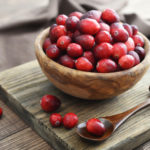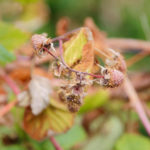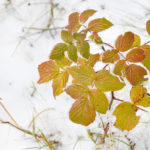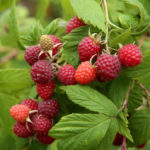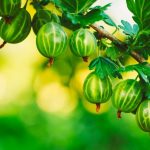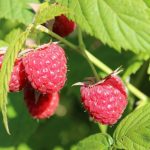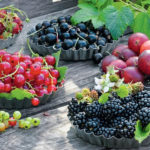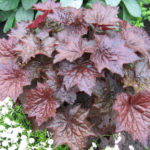Our first acquaintance with garden cranberries took place seven years ago in a wonderful garden. The owner spent more than one year on geoplastics of the site and achieved tremendous relief. The center of attraction was a large natural pond, one of the slopes of which was densely woven into some groundcover plant with large ruby berries. It was cranberries.
Needless to say, we were immediately fired up to plant cranberries in our garden? Together with the seedlings, we were given a memo about growing this crop in the garden.
The main thing is that the place for cranberries in the garden is open and the soil is suitable. Following the recommendations, we chose a sunny place for the seedlings. The top layer of earth was removed to a depth of 30 cm (1 ft) and replaced with the same layer of peat. Usually cranberries are recommended to be made from red very acidic peat with the addition of mineral fertilizers, but we only had lowland black. The acid balance, of course, is two points higher, but it is rich in organic compounds.
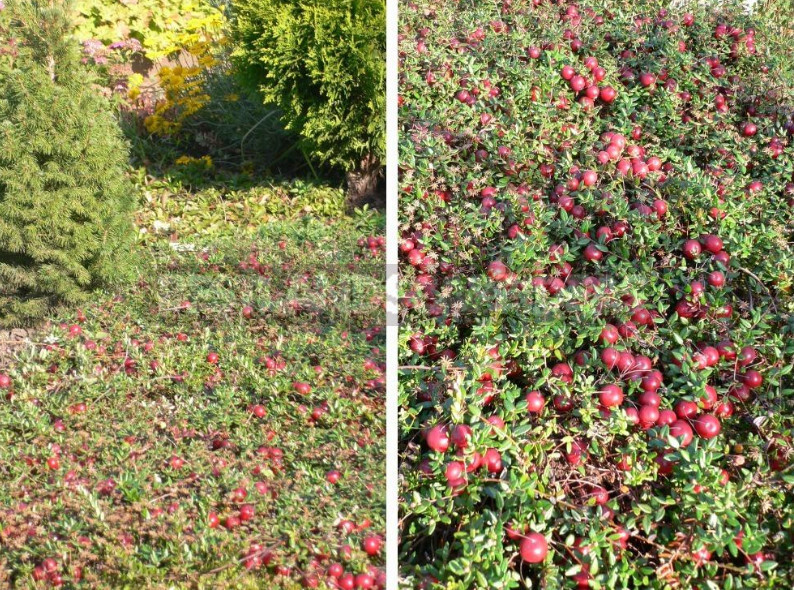
The plants were planted according to the scheme of 30 x 30 cm (1×1 ft). During the next season, the cranberries were weeded and watered regularly. It is not necessary to be zealous with watering, as it is not necessary to imitate a swamp at all and it is even harmful; it is important that the peat always remains moist and does not dry out, otherwise it leads to the oppression of plants. As a result, by the fall, all the bushes had grown noticeably and the first buds appeared on them.
Sometimes cranberries are recommended to freeze in ice for the winter. I don’t know about the North, but it’s useless here, because you can melt the ice ten times, and then spring will come. Winters over the years were different: severe frosts and a complete lack of snow; severe frosts and half a meter of snow; overheated-but cranberries endured all the vagaries of the weather with enviable dignity without our intervention, gardeners have not yet had time to pamper them. And we did not notice any pests and diseases of this plant.
At the end of June, cranberry blooms begin, which allows you to avoid repeated frosts.
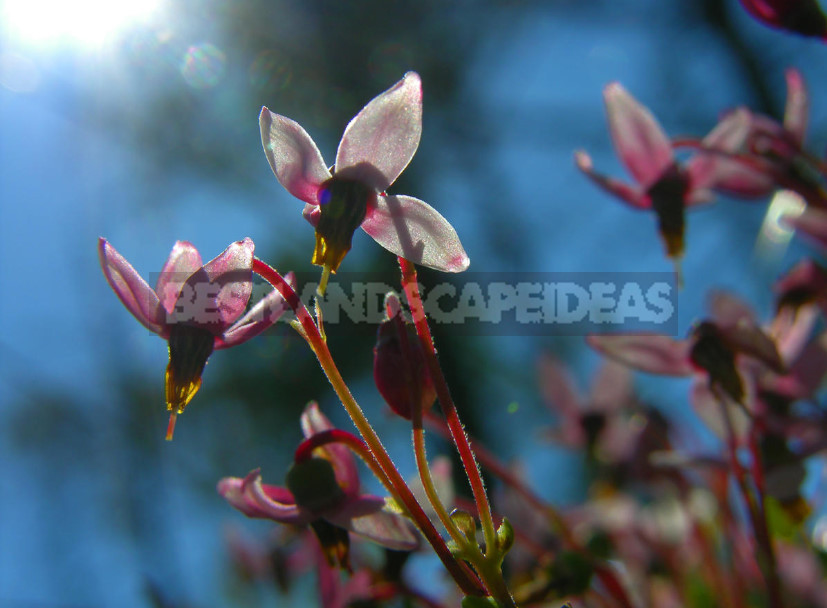
The abundance of small fragile pink flowers makes cranberries a real beauty of the beginning of summer. But in autumn, the abundance of bright fruits woven into the emerald carpet turns it into a real star of the season, the owner of rave reviews from garden guests.
The berries ripen in early October. Juicy, pleasant sweet and sour taste fruits reach 18 mm (0.7 in) in diameter. The harvest of only two seven-year-old bushes last year was five liters.
This was our first large-fruited variety.
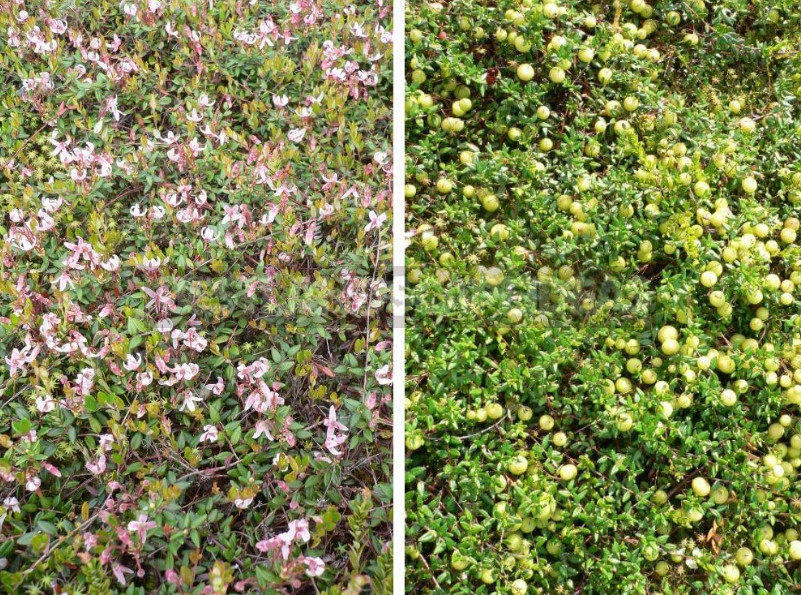
Cranberries are propagated by cuttings about 15 cm (5.9 in) long, which are two-thirds buried in well-moistened soil. Flowering of these seedlings begins in the third year. And already on the sixth planting become very dense, and for the rejuvenation of plants, it is desirable to sprinkle them with a small, up to 2 cm (0.8 in), layer of peat, which will allow new shoots to take root. At the same time, in one place, the plantation remains productive for up to 50 years.
By the way, do you remember that cranberry by the pond that I told you about at the beginning? So, the following spring, after our visit, the owner gave us a bag of water with cranberry cuttings floating in it. No one knows the name of this variety, but its large oval berries always have time to ripen. So, as you can see, growing cranberries in the garden is a simple matter, but very exciting and useful, because this berry is a storehouse of organic acids, vitamins, sugars, trace elements and biologically active substances. And most importantly: cranberries are a worthy decoration of any garden.





